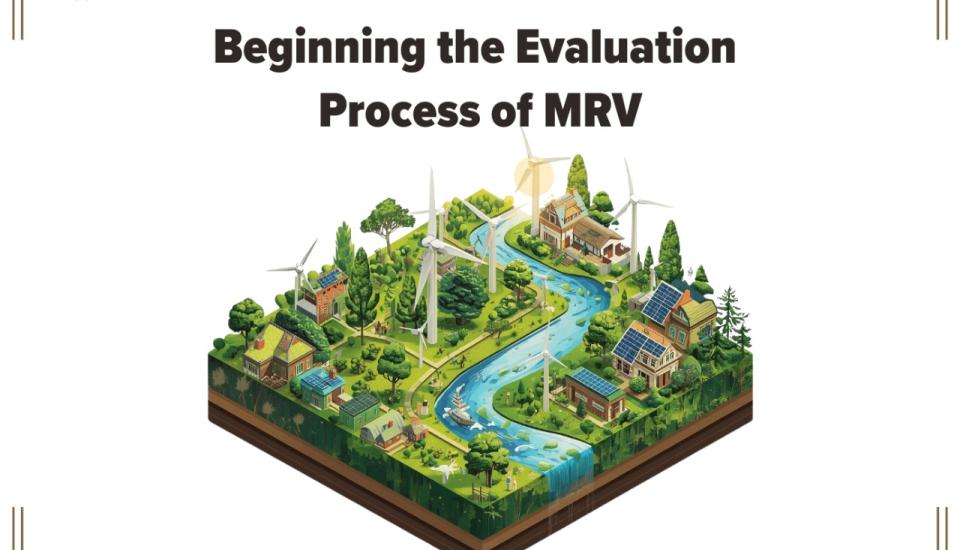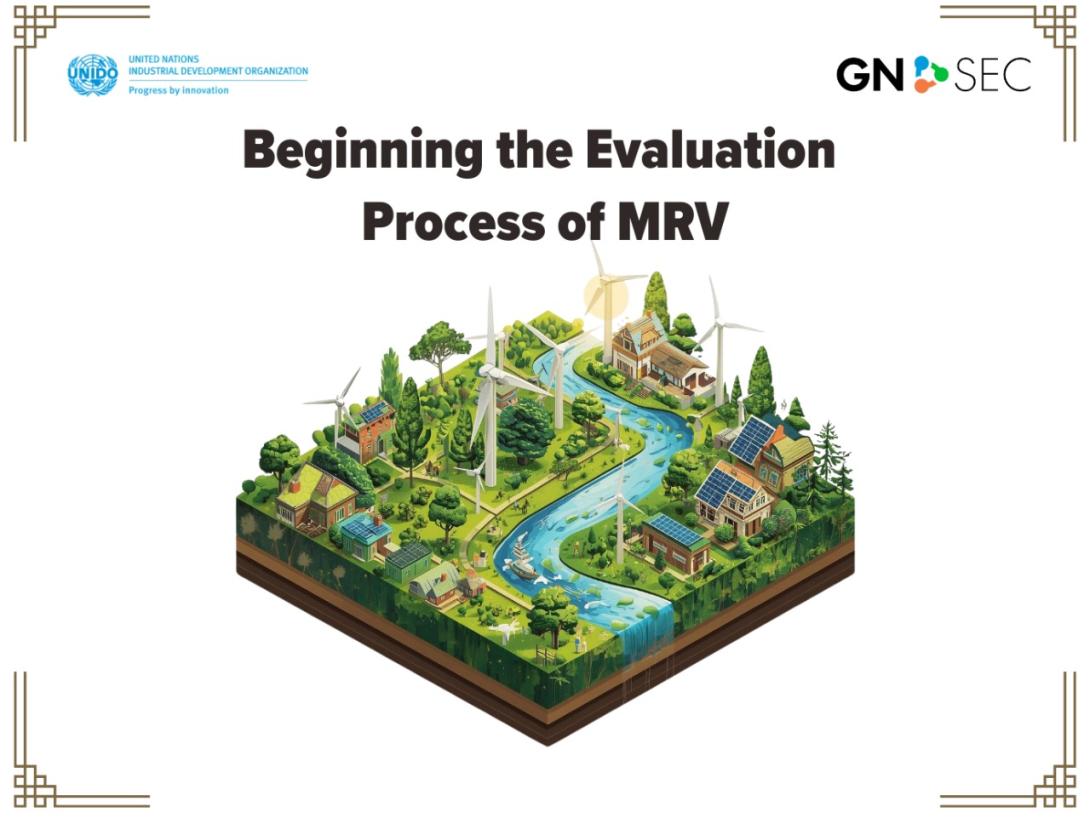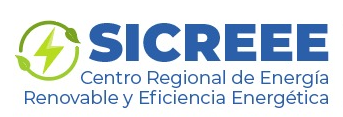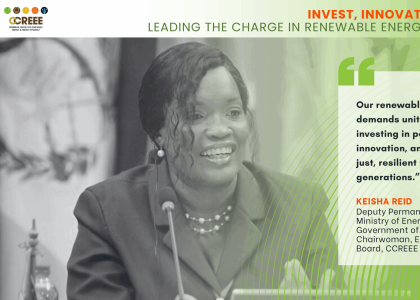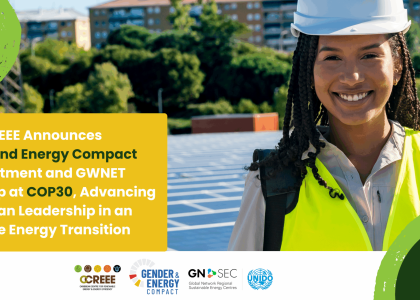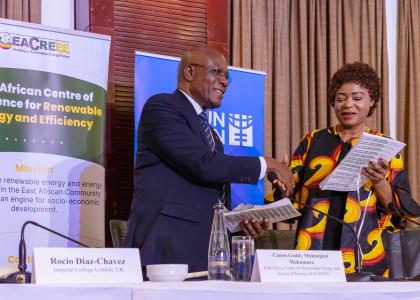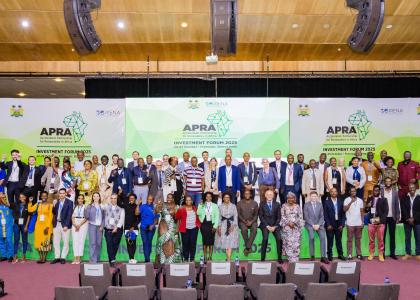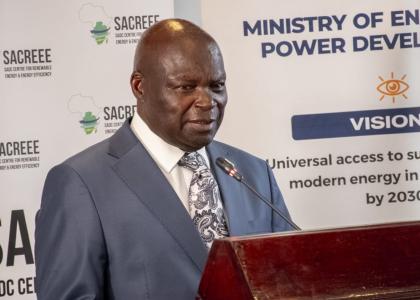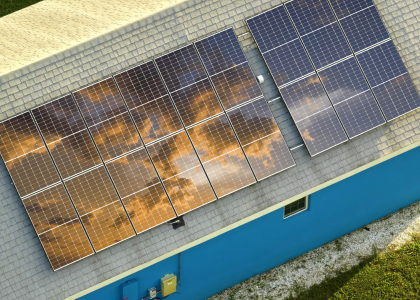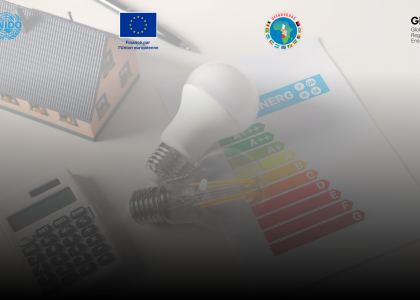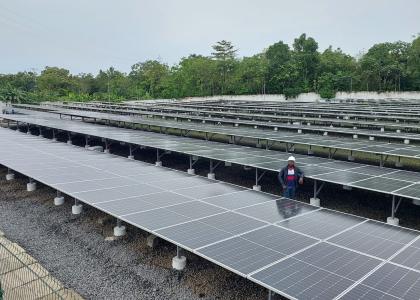The Energy Coordination Unit of Central American Integration System (UCE-SGSICA), together with the United Nations Industrial Development Organization (ONUDI) and the Global Network of Regional Sustainable Energy Centers (GN-SEC), with the support of Austrian Development Agency (ADA), the progress is being made in the development of Monitoring, Reporting and Verification (MRV) system for the period of 2021-2024 of the Sustainable Energy 2030 of the SICA countries (EES SICA 2030).
The EES SICA 2030 aims to promote a more sustainable energy model in the region, in line with Goal 7 of 2030 Agenda. This strategy prioritizes universal access to modern energy services, the increase of the use of renewable energy and the improvement of energy efficiency, also incorporating social, economic, environmental and gender approaches.
Actually, the MRV system of the strategy (2021-2024) is in the process of being developed and a methodology for its development has been developed, based on the creation of the comprehensive system that allows for the monitoring and evaluation of the goals. This tool seeks to facilitate the evaluation of processes, the identification of gaps and the adjustment of actions implemented in member countries.
As part of the this process, each country evaluated the areas of action and objectives using a scale of 0 to 5, the average scores were used to establish priorities distributed across three periods: 2021-2024 (39 %), 2025-2027 (31 %) y 2028-2030 (30 %)Based on this segmentation the lines of action to be addressed in each phase were defined.
The action matrix details the specific tasks, countries involved, timelines and focus (national or regional) for each line of action, focusing on the following prioritized themes: 1. Data Management; 2. Education; 3. Energy Matrix Diversification (Fuels); 4. Energy Matrix Diversification -New and Renewable Energy Sources; 5. Energy and Climate Change; 6. Access to Energy; 8. Regional Integration; 9. Transportation Area; 10. Regulations and Standardization; 11. Rational and Efficient Energy Use; 12. Smart Grids; 13. Financing Funds; 14. Institutional.
In the first period, corresponding to 2021-2024, countries developed action matrices, including national and technical group contributions. For this phase, the following topics were addressed: Education, energy matrix diversification—new and renewable energy sources, energy and climate change, energy nexus, energy access, transportation sector, regulations and standardization, rational and efficient energy use, smart grids, financing, and institutional framework.

